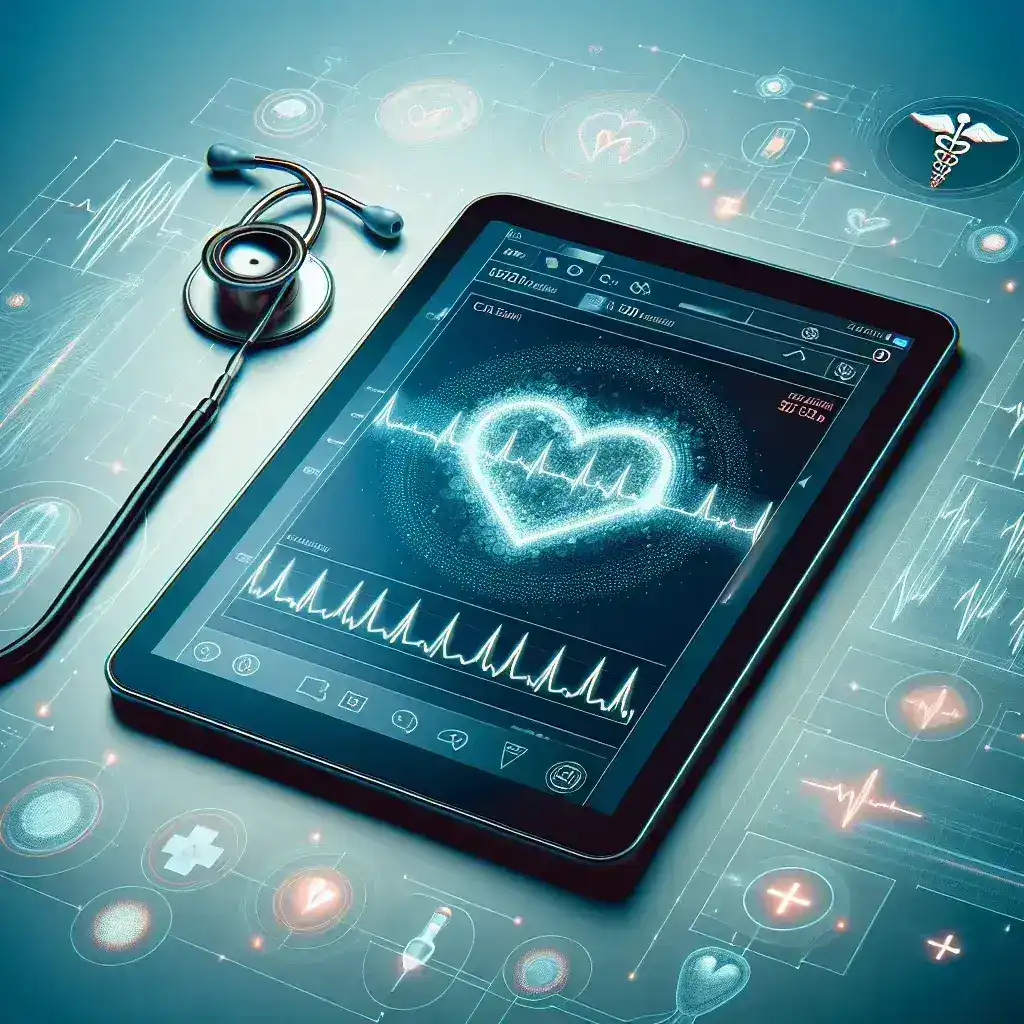The integration of ECG (electrocardiogram) monitors into tablets has revolutionized the healthcare industry. This innovation has led to numerous benefits impacting both patients and healthcare providers. Let’s explore the various advantages that tablets with built-in ECG monitors provide for healthcare.
Enhanced Patient Monitoring
One of the primary benefits of tablets with ECG monitors is the ability to provide continuous, real-time monitoring of patients’ heart activity. This is particularly useful for patients with chronic heart conditions or those in critical care. Continuous monitoring allows for prompt detection of any abnormalities and rapid intervention, potentially saving lives.
Improved Diagnostic Accuracy
Tablets equipped with ECG monitors offer high-quality, accurate readings that assist healthcare professionals in diagnosing heart conditions more effectively. The real-time data provided by these devices helps doctors to make more informed decisions based on precise measurements.
Increased Accessibility to Care
Accessibility to healthcare is a significant concern, especially in remote or underserved areas. Tablets with built-in ECG monitors can bridge this gap by enabling telemedicine services. Patients can transmit their ECG readings to healthcare providers remotely, ensuring that they receive timely medical advice and intervention without the need to travel long distances.
| Benefits | Description |
|---|---|
| Enhanced Monitoring | Continuous, real-time monitoring of heart activity |
| Improved Accuracy | High-quality, accurate ECG readings |
| Accessibility | Remote healthcare services for underserved areas |
Cost-Effective Solution
Traditional ECG machines are often expensive and not portable, making them less accessible. Tablets with built-in ECG monitors offer a cost-effective solution that combines mobility with advanced ECG technology. This reduces the need for multiple devices and streamlines the process of patient care.
Convenience for Patients
Patients no longer need to schedule appointments and make trips to healthcare facilities for routine ECG monitoring. With ECG-enabled tablets, they can conduct the tests from the comfort of their homes and share the data with their doctors. This convenience is particularly beneficial for elderly patients or those with mobility issues.
Streamlined Data Management
The integration of ECG monitors into tablets also facilitates better data management. Digital records of ECG readings can be stored, analyzed, and shared with ease, improving the continuity of care and enabling healthcare providers to track a patient’s heart health over time effectively.
Ease of Use
The user-friendly interfaces of modern tablets make it easy for both healthcare professionals and patients to operate ECG monitors. The intuitive design requires minimal training, ensuring that the devices can be used widely and effectively across different healthcare settings.
Research and Training Tool
Tablets with built-in ECG monitors serve as valuable tools for medical research and training. Researchers can collect large amounts of accurate data, while medical students and trainee doctors can gain hands-on experience with the latest technology, enhancing their learning and proficiency.
Enhanced Doctor-Patient Communication
These devices facilitate better communication between doctors and patients. The real-time data provided by ECG-equipped tablets can be easily explained to patients, helping them understand their condition and the necessary steps for treatment or lifestyle changes.
Summary of Benefits
- Enhanced patient monitoring
- Improved diagnostic accuracy
- Increased accessibility to care
- Cost-effective solution
- Convenience for patients
- Streamlined data management
- Ease of use
- Research and training tool
- Enhanced doctor-patient communication
In conclusion, tablets with built-in ECG monitors provide substantial benefits to the healthcare sector, from enhancing patient care and improving diagnostic accuracy to offering cost-effective, accessible solutions. As technology continues to advance, we can expect these devices to become even more integral to healthcare delivery.

